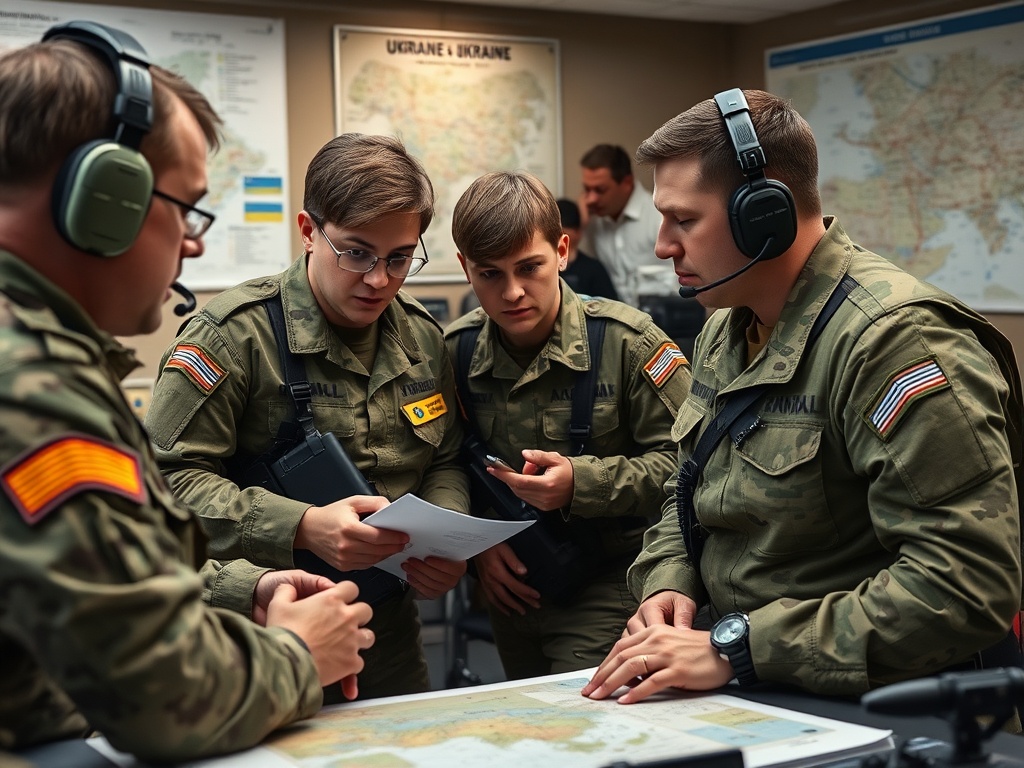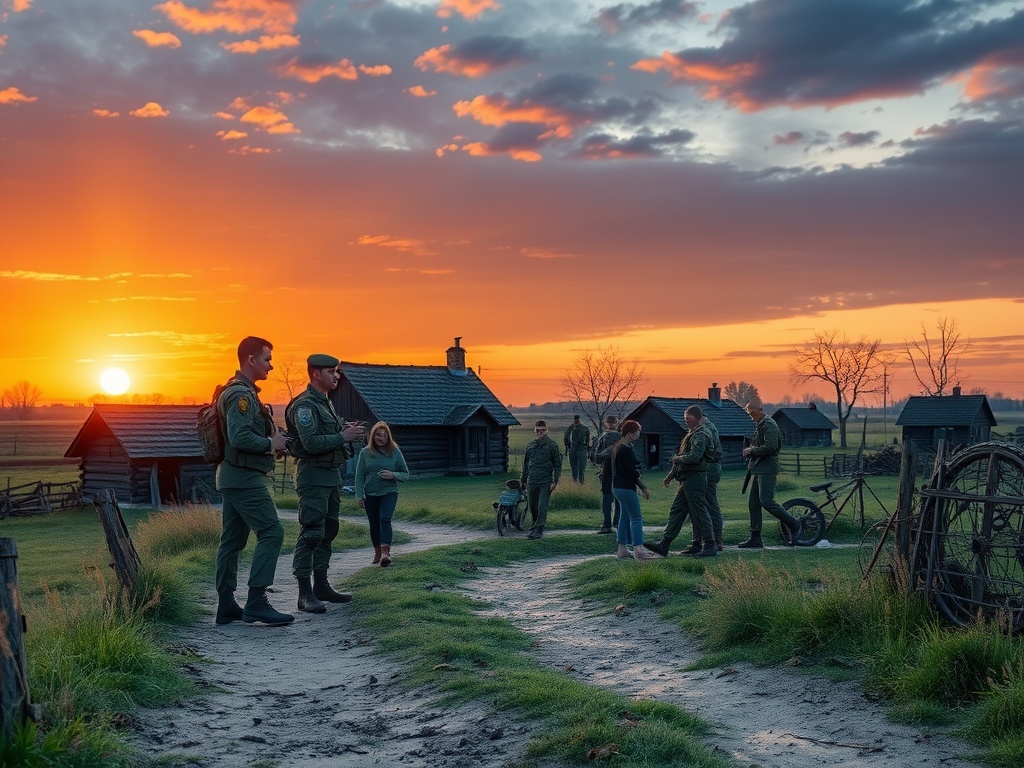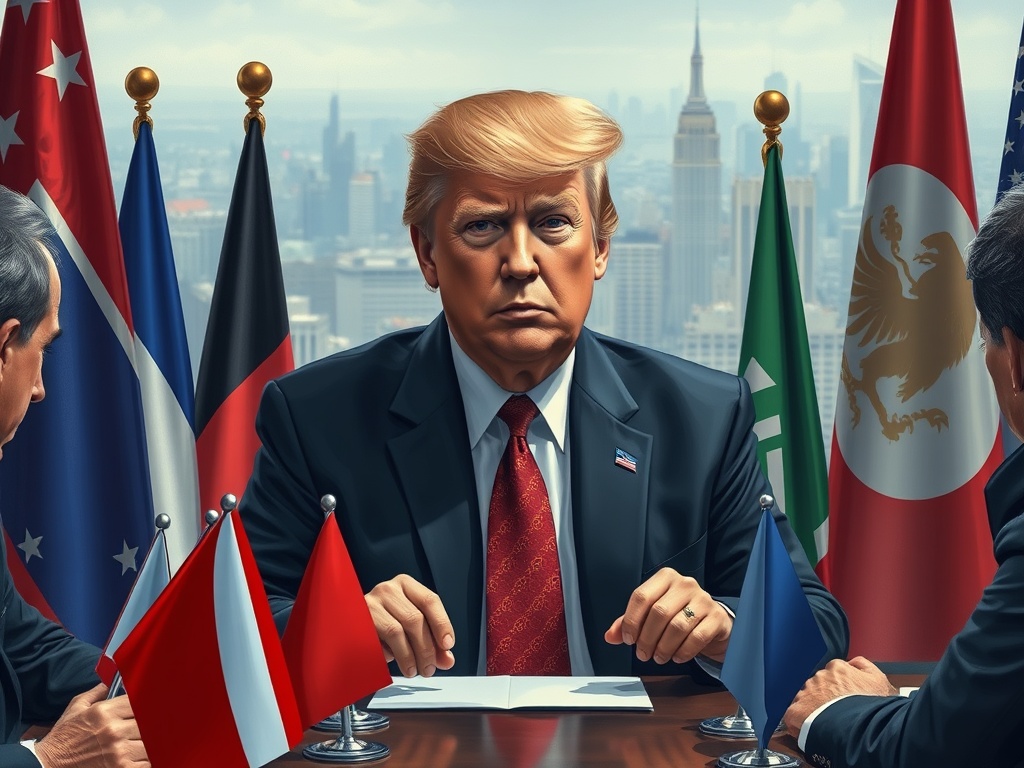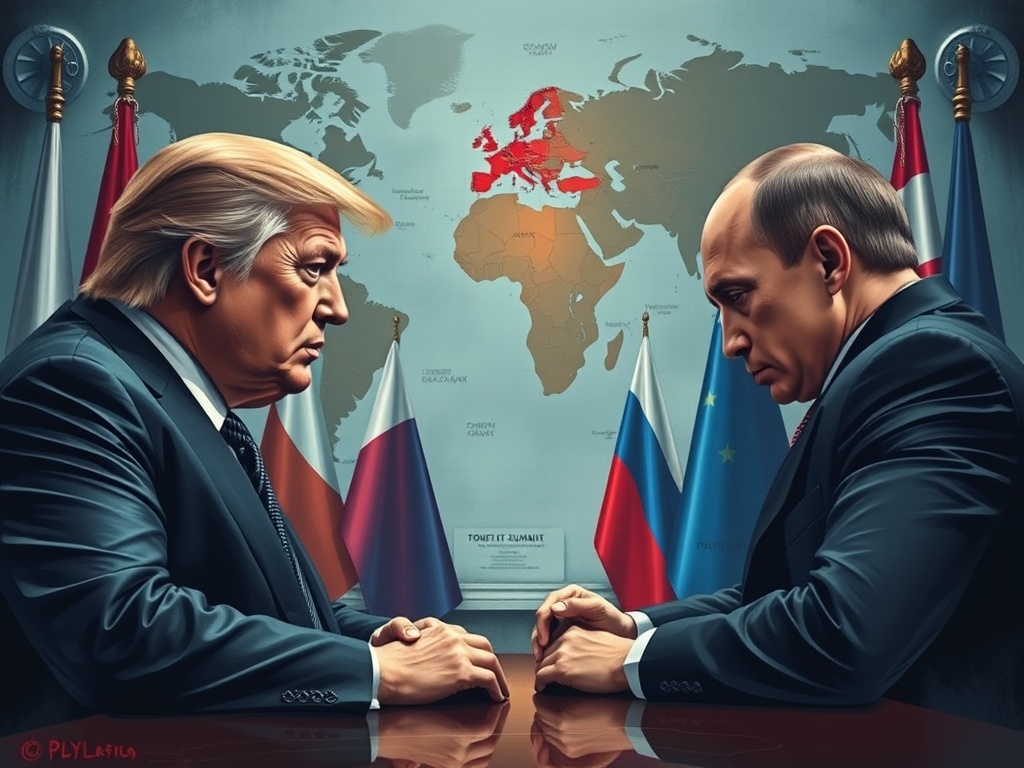Prospects for a Ceasefire in Ukraine
Amid the pervasive atmosphere of fear, distrust, and chronic suspicion surrounding discussions held recently in Munich, Paris, and Riyadh, there remains a tangible possibility of a ceasefire in Ukraine by the summer. Although any agreement reached may be fragile, it is anticipated to include oversight by an international force, with British troops expected to take a prominent role. This mission is poised to be one of the most complex and challenging peacekeeping endeavors of modern history, as noted by one of the UK’s most accomplished commanders, who has navigated three recent wars.
The mission carries inherent dangers, particularly as a European peacekeeping force would be operating in proximity to Russia, a nation equipped with nuclear weapons and willing to utilize them if provoked. Any armistice in Ukraine is likely to be fraught with complications. It is uncertain whether such an agreement would lead to a frozen conflict, reminiscent of the Panmunjom agreement in 1953 that halted the Korean War but failed to produce a lasting peace treaty. More plausibly, it could resemble the agreements seen in the Caucasus regions encompassing Georgia, Azerbaijan, and Armenia, resulting in semifreddo conflicts characterized by intermittent flare-ups. A poorly negotiated settlement in Ukraine could doom the region to persistent guerrilla warfare for years to come.
A potential European peacekeeping force would be spearheaded by France and Britain, the two European nations possessing nuclear capabilities. This coalition would likely be comprised of willing participants, a phrase not yet embraced by the armchair strategists who have weighed in on the situation. Ideally, the force would operate under United Nations guidelines, although any attempt to secure a UN mandate would likely be obstructed by vetoes from Moscow and Beijing.
Challenges and Contributions of British Forces
Concerns have been raised about the feasibility of this force and whether British military capabilities are sufficient to contribute meaningfully. To date, media commentary on the subject has generally been pessimistic. The British Army currently struggles to field a contingent of 20,000 troops, largely due to recruitment shortages and an ongoing major restructuring effort.
Recently, Defence Secretary John Healey unveiled a significant overhaul of the Ministry of Defence and the Defence Staff, marking the largest reform since the MoD’s inception in 1957. He expressed confidence in the UK’s military forces playing a critical role in Eastern Europe, emphasizing the importance of this task for the security of Britain and the wider democratic world.
The issue of contribution extends beyond the clichéd notion of “boots on the ground.” Critics argue that the British Army, with just under 70,000 fully trained soldiers, would struggle to sustain a force of 20,000 troops over an extended period. However, it is more likely that the UK would provide a robust headquarters, a mechanized infantry brigade of approximately 7,000 personnel, an air wing equipped with RAF Typhoon aircraft, and a brigade of Apache attack helicopters.
Similar units could be mobilized by France, Nordic countries, and Eastern European nations. It is anticipated that Germany will also contribute a substantial brigade once the political landscape stabilizes following the upcoming elections, alleviating the pro-Russian sentiments voiced by both the far-right and far-left factions.
This multinational force would be tasked with monitoring a front stretching approximately one thousand kilometers, in addition to overseeing the Black Sea, where the British and French navies are likely to take a leading role. For context, the heavily patrolled demilitarized zone between the two Koreas measures only 250 kilometers, roughly a quarter of the length of the front line in Ukraine.
Implications for UK Defence and Strategic Review

The latest developments in the Ukraine crisis, catalyzed by Donald Trump’s unpredictable diplomatic approach—characterized by the dubious strategy of embracing adversaries while insulting allies—have placed UK defense, funding, and reform at the forefront of British political discourse. The Armed Forces and the entire procurement process require substantial reform following over a decade of neglect. The government’s electoral promise to increase funding from 2.3% to 2.5% of GDP has become somewhat of a hollow commitment, as Rachel Reeves’s Treasury has indicated that this target may not be achieved before 2030, at the earliest.
However, this situation is evolving. The Strategic Defence Review (SDR), set to report in the coming weeks, is expected to propose much-needed reforms, which will necessitate adequate funding. The reorganization of the MoD is already underway, which will grant new powers to the Chief of the Defence Staff, who will now serve as the senior operational commander alongside the Permanent Secretary. This new structure will also include two key roles: the National Armaments Director, tasked with navigating the chaotic defense procurement landscape, and the Chief of Defence Nuclear, a crucial position in light of the increasing global nuclear threats.
The comprehensive work of the defense report was scheduled to be finalized by its three directors—Lord Robertson, General Richard Barrons, and Dr. Fiona Hill—on St. Valentine’s Day. However, the proposals now face delays as they are shuffled through extensive bureaucratic processes across Whitehall.
Simultaneously, in the second phase of reform, the MoD has initiated changes to its internal structure and the formation of a new Military Strategic Command. In the final phase, Prime Minister Jonathan Powell has been tasked with overseeing the SDR, assessing the proposals before making a final decision regarding their publication.
Beyond the financial and logistical discussions lies the most critical issue—personnel and recruitment. Britain, like many of its major allies, including the United States, is grappling with a recruitment crisis. A diminishing number of young individuals are inclined or able to enlist in the armed and security services. This trend is fueled partly by demographic shifts across the developed world, as populations age, and partly by a growing sense of anxiety and foreboding that permeates public and media discourse in these tumultuous times.
Looking ahead several generations, the prospect of UK peace missions in Europe or elsewhere seems increasingly precarious, as the available manpower may simply not suffice.




